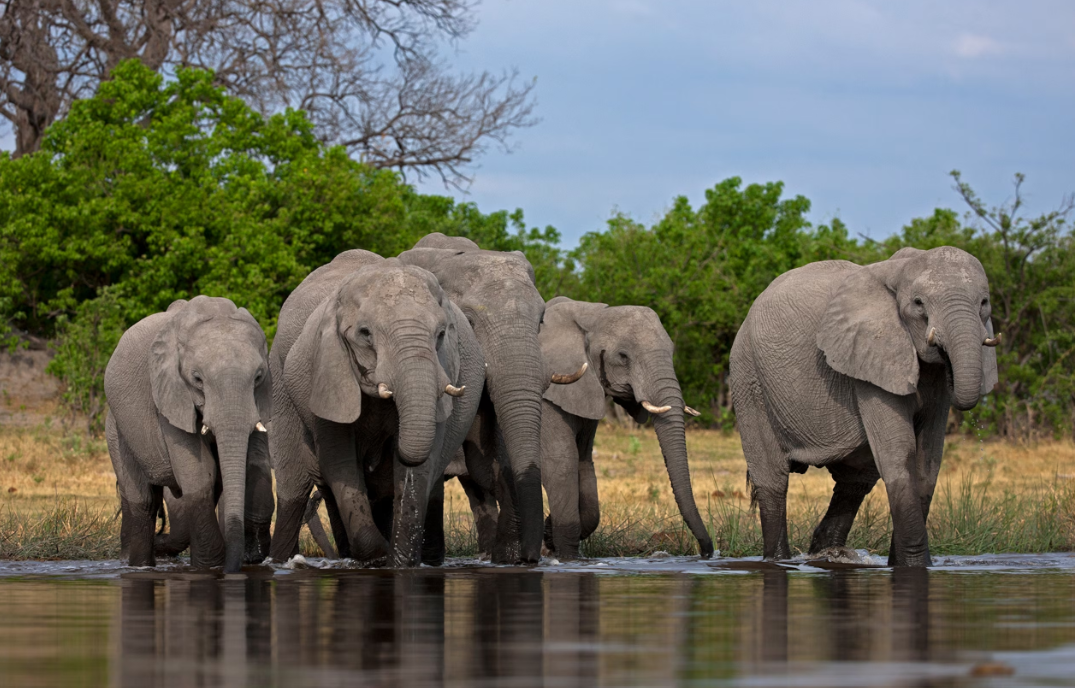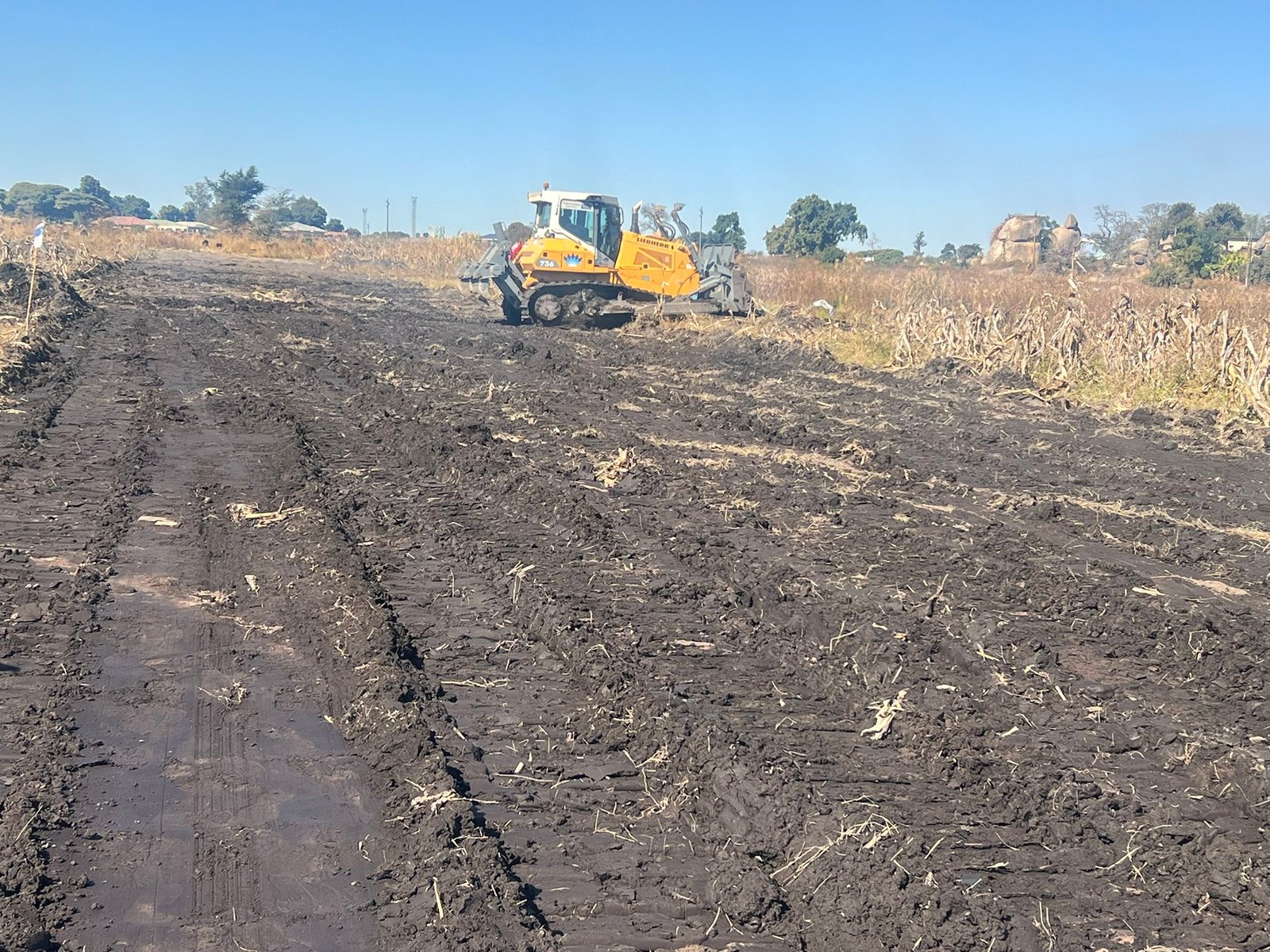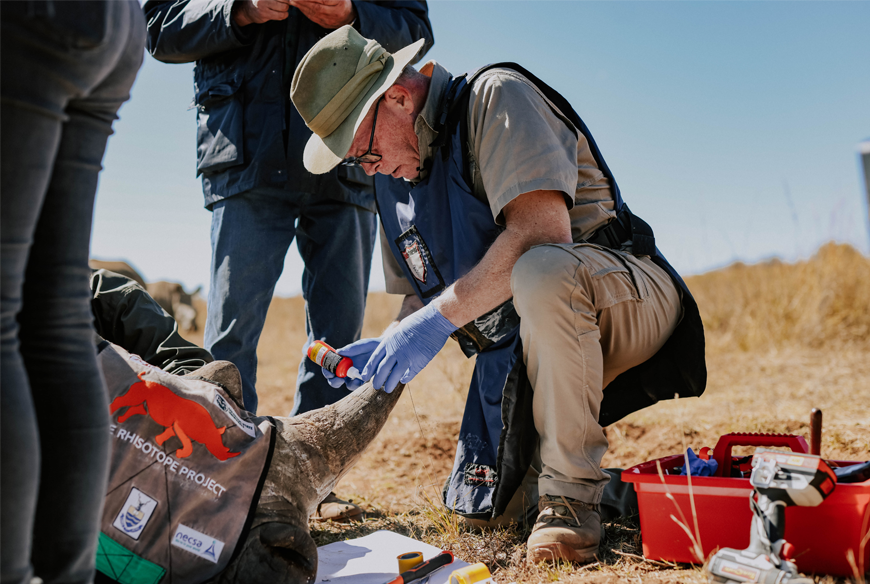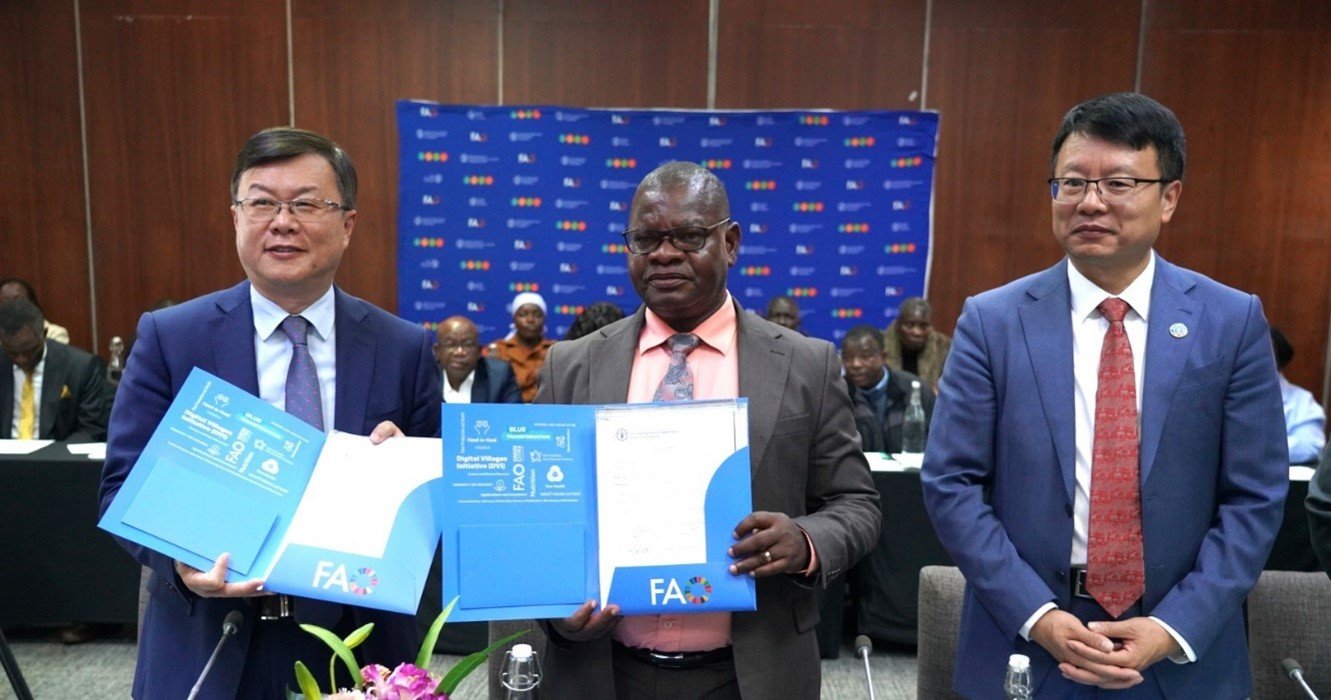Zimbabwe has launched a review of its national elephant conservation strategy amid growing concerns over increased human-elephant conflict, underfunding, and the sustainability of current wildlife management practices.
The Zimbabwe Parks and Wildlife Management Authority (ZimParks), supported by the US-based partners Conservation Force and Dallas Safari Club, hosted a workshop recently in Hwange to mark the 10th anniversary of the country’s Elephant Management Plan and discuss the way forward.
“The major objective of the workshop was to assess the implementation of the plan and emerging issues, evaluate management approaches, while exploring effective strategies from past experiences,” ZimParks said in a statement.
The plan, which runs through 2025, aims to conserve elephant populations while supporting biodiversity and community development. However, local leaders and conservationists say the challenges are mounting.
“Five Chiefs from the Hwange district attended and expressed their concerns on the lack of tangible benefits for communities who bear the brunt of sharing borders with elephants,” ZimParks noted, adding that “a relief fund for injured community people” was one of the proposed solutions.
Traditional leaders raised alarms about crop raiding, competition for natural resources, and injuries caused by elephants.
“The ongoing poverty faced by these communities is worsened by incidents of injury and property damage caused by elephants,” the statement said.
ZimParks acknowledged that the increasing elephant populations and localized overabundance are leading to more frequent and severe human-elephant conflicts.
“The increased elephant populations and localised overabundance have resulted in increased human-elephant conflicts.”
The conservation body also draws special attention to critical funding shortages.
“The country’s elephant conservation efforts are severely under-financed, with the current budget for Hwange National Park falling below US$500,000 annually. This falls drastically short of the estimated US$21 million needed to meet management costs at the level of top protected areas in Southern Africa.
Efforts to sustainably utilize elephant populations are being hampered by international trade restrictions. “Sustainable utilization is hindered by various factors, including global trade restrictions,” ZimParks said.
However, it added that “effective partnerships have played a vital role in enhancing conservation efforts.”
“Elephant conservation requires collective efforts from all stakeholders. We therefore invite everyone to participate in the review of the management plan, which will transition to a ten-year strategy.”
To support the plan’s implementation, Conservation Force, Dallas Safari Club, and the Zimbabwe Professional and Guides Association donated new equipment, including a brand-new all-terrain vehicle, 15 laptops, five printers, and two drones fitted with thermal cameras for wildlife monitoring.
“The donation and the organisation of the workshop, valued at approximately 200,000 United States dollars, reflect the strength of collaboration between the hunting community and conservation agencies,” ZimParks said.
The review has come at the right time, considering the rise in human–wildlife conflict. Zimbabwe is home to more than 84,000 elephants, although it can only sustainably support 55,000.
Zimbabwe, which has been lauded for its conservation efforts and growing its elephant population, has also been lobbying the UN’s Convention on International Trade in Endangered Species to reopen the trade of ivory and live elephants.
Public contributions to the plan are open until July 30, 2025.





